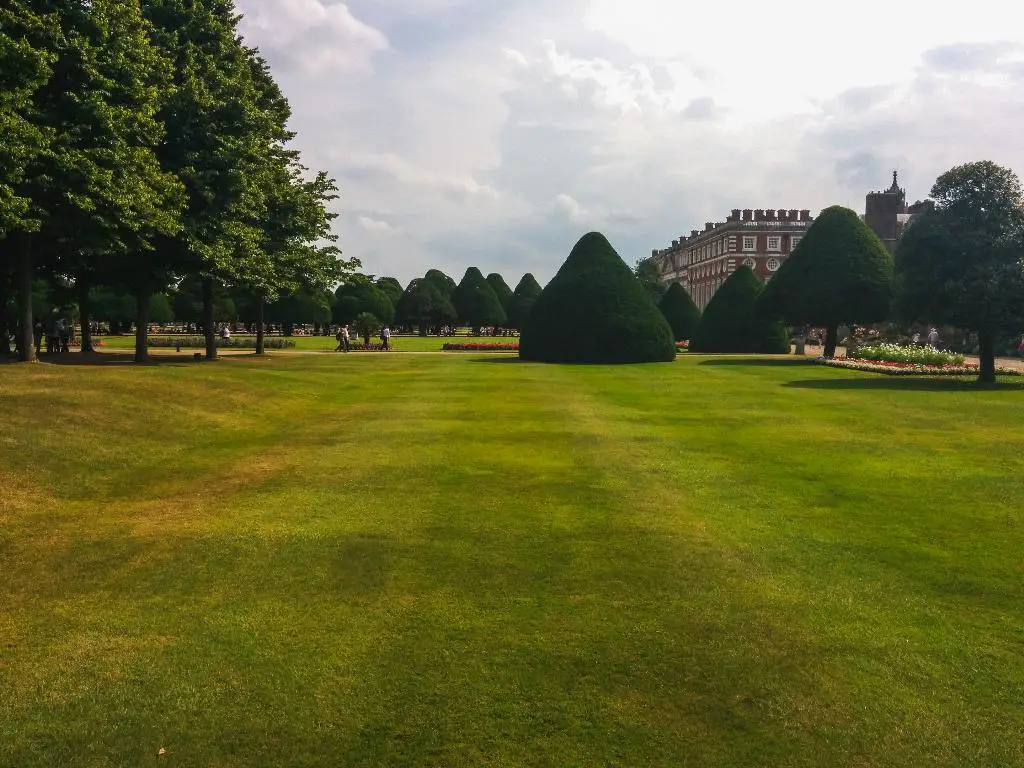Knowing when to stop mowing your lawn can be a bit tricky, but there are some key factors to consider that will help you determine the right time. One important thing to keep in mind is that you should stop mowing the lawn when the grass stops growing. As the temperature starts to drop and daylight hours decrease, grass growth slows down, signaling that it’s time to give your mower a break.
While it’s tempting to put the mower away at the first sign of cooler weather, you may still find yourself needing to run it for other purposes, such as mulching leaves. This can be necessary until as late as December, depending on the weather conditions in your area. So, even if there’s an early snowfall that doesn’t stick around, it doesn’t necessarily mean it’s time to retire your mower for the season.
Another factor to consider is the height of your grass. As winter approaches, it’s recommended to gradually lower the mowing height of your grass. This will help prevent disease and ensure that sunlight can reach the crown of the grass blades. It’s generally advised to keep your grass around 2 to 2.5 inches in height during the late fall before the final mow of the season.
Additionally, keep an eye on the weather forecast in your area. If you notice that a significant frost is expected, it’s a good idea to hold off on mowing until after the frost has melted. Mowing frost-covered grass can damage the blades and lead to an uneven cut, so it’s best to wait for conditions to improve before getting back to your lawn care routine.
It’s also essential to consider the type of grass you have in your lawn. Cool-season grasses, such as Kentucky bluegrass and fescue, will continue to grow later into the fall compared to warm-season grasses. As a result, you may need to mow these types of grasses a bit longer before the growth slows down completely.
When you do decide to do your final mow of the season, make sure to follow some best practices to prepare your lawn for the winter months. Clear any debris, such as leaves and branches, from the lawn to prevent mold and disease from developing. It’s also a good idea to apply a winter fertilizer to help your grass stay healthy during the colder months.
Remember that the overall goal of mowing your lawn is to keep it healthy and looking its best. By paying attention to signs of grass growth slowing down, adjusting your mowing height, and considering the weather conditions, you can ensure that you’re mowing your lawn at the right time and setting it up for success throughout the winter season.
So, while there may not be a specific date on the calendar that dictates when to stop mowing your lawn, by staying attuned to these factors and the needs of your specific lawn, you can make an informed decision that will benefit the overall health and appearance of your outdoor space. Happy mowing!

